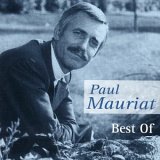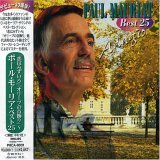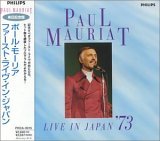In the United States, the tributes were few, the mentions brief and the details little more than the basic facts:
Paul Mauriat had died, on November 3rd, 2006, at the age of 81 in Perpignan in southeast France.
Word came from a cousin, Laurent Mauriat. The cause of death was not reported.
Mauriat had not performed with his orchestra since 1998 and little was known about his years since. And while he had legions of fans in the U.S., he had been a bigger hit in Japan than he was here. Except for that song.. the song that took America by storm almost 40 years ago… a song titled "Love is Blue".
The year was 1968 and Time magazine’s Arts and Entertainment writers were trying to make sense of the popularity of a song that sat at the top of the charts for five weeks in February and March:
For those whose idea of an oldie is pre-rock ’n’ roll, there is still hope. A record called “Love Is Blue” has become a hit without any of the ingredients that pop musicians have considered necessary for the past few years: the juggernaut beat, the vocalisthenic performance, and the strain of novelty. “Love Is Blue” is concocted according to an entirely different recipe. Its rocking rhythm cradles a plaintive, folklike melody swathed in lush strings and horns. It is an all-instrumental number, the first to become a bestseller since 1963. And it is practically gimmick-free…
At the time there were three other recordings of the same song on those charts, one by Al Martino, one by Manny Kellem and another by Claudine Longet. But none would have the impact of Paul Mauriat’s “Love Is Blue”





